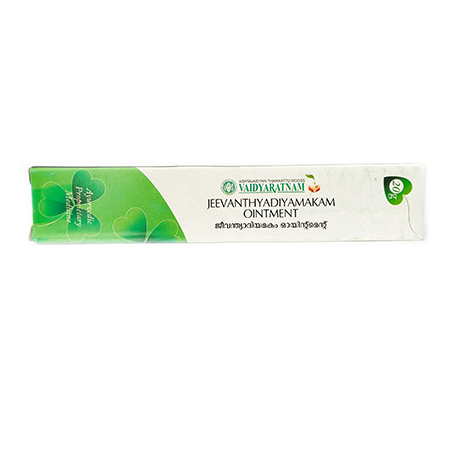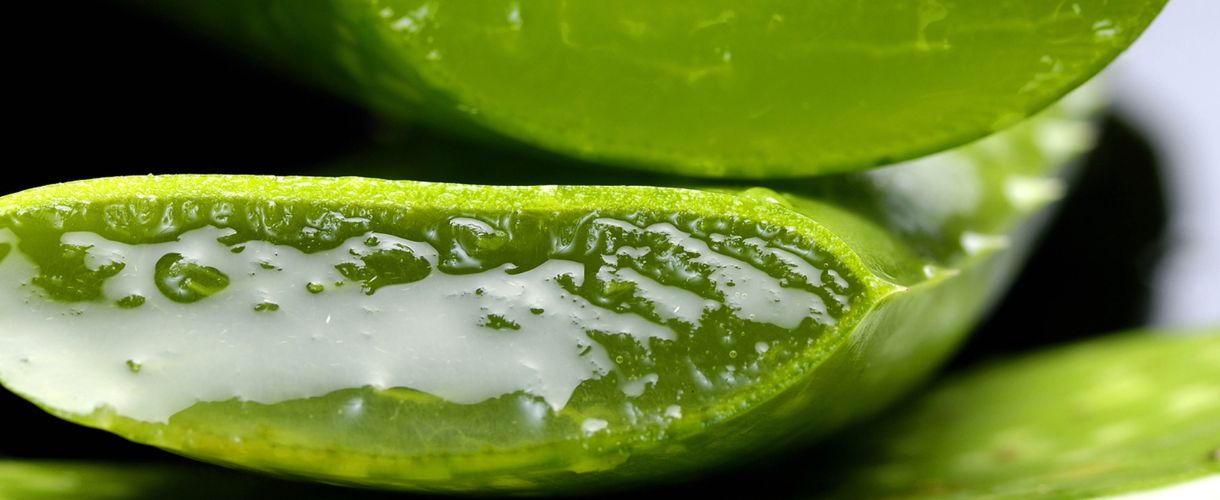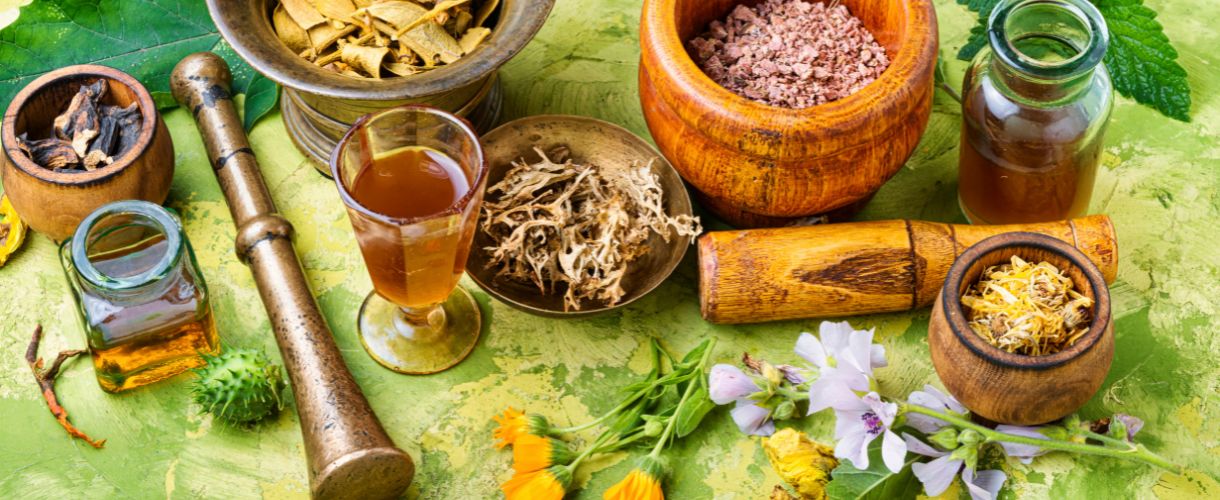
Nirvana’s Free Range Eggs Now Available & The Perfect Soft Boiled Egg
May 4, 2022
Deer, Horse or Bull…Health at Every Size
September 16, 2022Ringworm, Tinea Versicolor, Dermatophytosis, Dermatomycosis Furfuracea
Fungal skin infection is a burst out of the exterior condition of the skin, leading to circular or various shaped skin patches/lesions along with itching. Blisters may also be present. Tinea infections are very common, they spread easily, and may affect any age group. Proper hygiene, regular health care, and avoidance of allergic chemicals are the easiest ways to prevent the possibility of this illness.
This article was originally published on ayurpure.com.au, our site dedicated to Ayurveda and Ayurvedic medicine.
Fungal skin infection is a burst out of the exterior condition of the skin, leading to circular or various shaped skin patches/lesions along with itching. Blisters may also be present. Tinea infections are very common, they spread easily, and may affect any age group. Proper hygiene, regular health care, and avoidance of allergic chemicals are the easiest ways to prevent the possibility of this illness.
This article was originally published on ayurpure.com.au, our site dedicated to Ayurveda and Ayurvedic medicine.
Sites of the affliction
Fungal skin infections can appear on various areas on the body, and are named based upon the site of the afflictionScalp: Tinea capitis, also known as scalp ringworm
Body: Tinea corporis
Whole-body surface: Tinea universalis
Neck: Tinea versicolor
Face: Tinea faciei
Groin and buttock: Tinea cruris, also known as jock itch
Hand: Tinea manuum
Feet: Tinea pedis, athlete’s toes, athlete’s foot
Nails: Tinea unguium
Predisposing and promoting factors for fungal skin infection:
- Poor nutrition - leading to less immunity, and increased proneness to infection
- Excessive sweating, in hot and humid conditions - leading to moist skin
- Debilitating and chronic diseases - compromised immunity
- Poor hygiene, poor living conditions
- Diabetes - diabetic patients are usually more prone to skin diseases
- Administration of portico-steroids and immune-suppressing agents leads to compromised immunity, which increases the chance for the fungus to invade.
- Impure blood
Causative Factors, according to Ayurveda
Causative factors arise from an unwholesome diet and habits, such as- Food, habits and lifestyle that increase Kapha and Pitta - itching, and burning sensations are the predominant symptoms, contributed by Kapha and Pitta respectively
- Oily food, junk food, soft drinks, etc., upset the stomach and intestines, and worsen your immunity.
- Incompatible foods - poor combinations, and wrong food combination
- Excess intake of seafood
- Heavy food intake
- Excessive food intake
- Slimy and spicy food
- Intake of sour curd and milk, together, in excess for a long period of time
- Excess intake of black gram
- Drinking cold water reduces the strength of your digestive and metabolic power
- Contact with dust and contaminants
- Night awakening
- Improper bowel habits etc.
Prevention of Spread
- After bathing, make sure to dry your skin completely
- Do not share clothing, sporting equipment, towels with others
- Wash thoroughly after suspected skin contact
- Avoid tight-fitting clothes.
- Change your socks and underwear repeatedly, if needed. Replacing them at an interval of 6 months to 1 year.
- Groin: Wear loose-fitting undergarments. Apply talcum powder to keep the skin dry
- Athletes foot: Put your socks on before your underwear so that the infection does not spread
- Scalp: do not use old and infected combs, brushes or other hair care products which may be contaminated
- Avoid using oily skin products
- Reduce your exposure to the afternoon sun. Increased sweating causes a worsening of the infection
- Wear natural fibres, such as cotton clothing, which absorbs sweat and moisture completely.
Wholesome diet and habits
- Drink warm water
- Eat light and easily digestible food
- Favour foods with astringent, bitter, and light tastes
- Wash and bathe regularly
- Improve your body’s strength and immunity with appropriate exercise
- Drink homemade buttermilk
- Use turmeric, curry leaves, cinnamon, and cardamom in your food preparations.
Line of Treatment, dadru chikitsa
- As the disease is due to the predominant vitiation of Kapha and pitta, measures must be taken to pacify these dosas first.
- External medications, washing, and cleansing to prevent superinfections.
- Various home remedies, herbs, and Ayurvedic medicines can be employed for both external applications as well as ingesting.
- If the condition is severe, and the disease is chronic in nature, classical emesis, Vamana Panchakarma can be undertaken
Home Remedies:
1. Turmeric and NeemMix 10 grams of turmeric powder in 100 gm of neem oil
Apply over the skin lesions, 30 mins before bathing, every day.
2. Mustard seed paste
To 1 tsp of crushed mustard seeds, add a little water to make a paste.
Apply on the affected area, and leave on for 60 minutes.
Wash off with lukewarm water
3. Tulsi leaves
Crush some tulsi leaves, press the paste onto a sieve and extract its juice
Using cotton wool, apply 2 tsp of this juice to the affected area.
4.Jatyadi oil
Used for external application for quick healing on blisters, sinuses, non-healing wounds etc.
Herbs
Aragwadha - Cassia fistulaBakuchi-Psoralea corylifolia - used in a wide range of skin diseases, including leucoderma
Dhattura - Belladonna - Datura metel
Gandhaka - Sulphur
Haratala - Purified yellow arsenic (to be used under medical supervision)
Haridra - Turmeric - Curcuma longa
Jati-Jasminum officinarum - the main ingredient of many skin preparations, notably Jatyadi oil
Nimba - Azadirachta indica
Patola - Pointed gourd - Cucumerina dioica
Tuttha - Copper sulphate solution is used externally in skin disorders (to be used under medical supervision)
Ayurvedic medicines
Arogyavardhini - used in the treatment of liver diseases, fever, skin diseases etc.Aragwadhadi kasha - used in the treatment of vomiting, diabetes, skin diseases with itching, and non-healing wounds
Guggulu tiktaka kasha - used in the treatment of inflammatory conditions of the skin, joints and bones
Hajrul Yahood Bhasma - mainly used in urinary calculi, for external application of skin disorders in children
Haridra Khand - used widely in the treatment of allergic skin diseases, and itching skin, to improve the skin quality and complexion
Mahatiktaka kasha - used to treat a wide range of skin diseases, abscesses, non-healing wounds, and sinusitis
Panchatiktaku guggulu - used in skin diseases and fever
PLEASE NOTE:
This information is provided only for the purpose of education. Do not use the information for self-medication or treating others. Always consult your doctor before trying any remedies, lifestyle modifications or medicines.

Jeevanthyadhiyamkam Ointment
Various skin ailments, such as eczema, psoriasis, contact dermatitis, hives, and allergic rashes, etc.

Kailas Jeevan Cream
Ayurvedic multipurpose cream that can be used internally as well as externally.

Psorolin-B Ointment
Psorolin ointment with Boswellia. Cream for all types of Psoriasis.






